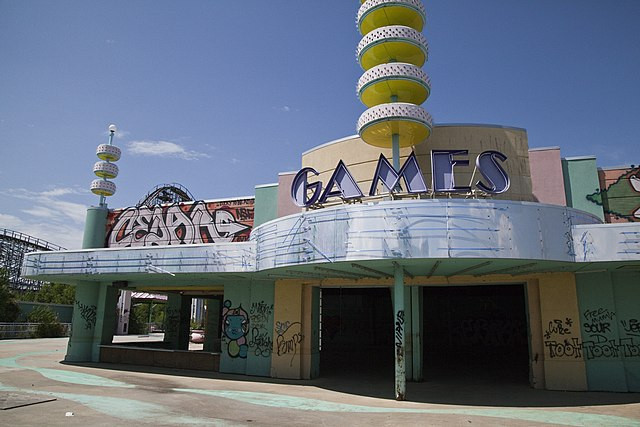In an ambitious bid to reshape the American theme park landscape, major players Six Flags and Cedar Fair have joined forces. The announcement comes at a time when the leisure industry grapples with a broader economic downturn, which has inevitably made a dent in entertainment spending.
The merger of these two iconic brands aims to achieve more than just a response to temporary financial challenges. It's about seizing a commanding presence in the competitive arena, dominated by giants like Disney and Universal's NBCUniversal. By unifying, Six Flags and Cedar Fair are positioning themselves to face these titans head-on, wielding a combined power that spans 27 amusement parks, 15 water parks, and 9 resort properties. These assets are spread out over 17 states within the U.S., as well as Canada and Mexico.
From a financial standpoint, the merger values Six Flags at approximately $2 billion, a significant boost from its equity value of $1.75 billion just a day prior. This surge followed a 6% spike in the stocks of both companies post news reports hinting at the impending merger. Cedar Fair, on the other hand, boasted a valuation of nearly $1.92 billion before the announcement. Once the merger concludes, anticipated in the first half of 2024, Cedar Fair shareholders will possess about 51.2% of the new entity, leaving the balance to Six Flags shareholders.
One key advantage emphasized by both companies lies in the merger's ability to even out the operational seasons. Parks located in warmer regions like Florida and California can remain operational throughout the year, offsetting the closure of those in colder areas during winter. This strategy underscores their intent to provide consistent entertainment, irrespective of the season, challenging the year-round operations of competitors.
Moreover, it's not just the physical properties that make this merger so groundbreaking. Both companies possess licensed intellectual properties that can be leveraged to design new and thrilling attractions. While Six Flags brings to the table partnerships with Warner Bros. Discovery, boasting rights to famed characters from the DC Comics and Looney Tunes universe, Cedar Fair counters with the classic charm of the Peanuts comic universe.
These licenses hold potential goldmines for creating immersive experiences that could lure visitors away from the magical clutches of Disney and the cinematic appeal of Universal.
This move by Six Flags and Cedar Fair can be seen as a strategic response to the aggressive expansion plans of their competitors. With Disney pouring a staggering $60 billion into the growth of its theme parks worldwide and Universal crafting a brand-new park in Texas and a live Halloween attraction in Las Vegas, the theme park war is heating up.
In light of this merger, the new entity will continue to operate under the renowned Six Flags brand and will be publicly traded under the ticker symbol FUN on the New York Stock Exchange.






